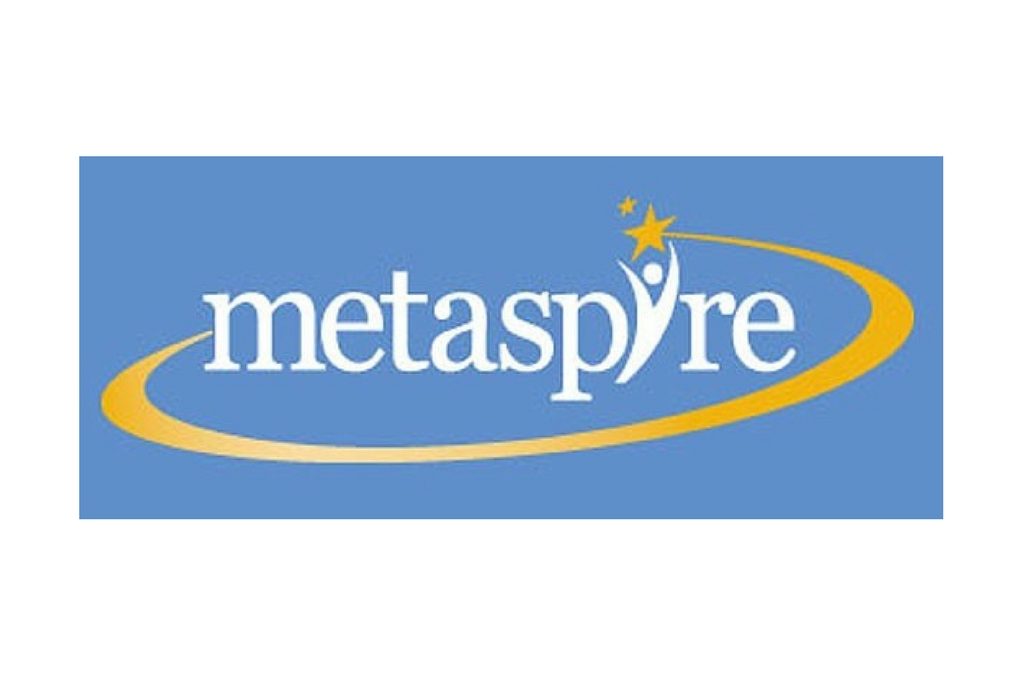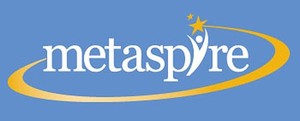Organization change and improvement planning calls for the evaluation of people, systems and processes, as an on-going discipline. These are often top-down, organization-wide approaches. Developing change champions and supporting local initiatives takes visible leadership and strong change management skills. Like innovation, many change and improvement paths are discovered accidentally by change champions blazing new trails (strategic opportunism).
These can then be formalized and made passable for the entire company. This is an important part of organizational learning. Change and improving processes evolve and change to fit the shifting environment (like the current down marketing) and what’s being learned about what works and what doesn’t. Both top-down, local, or bottom-up, approaches are needed. The challenge is finding the right balance between the three.
Managers play a pivotal role in the success or failure of any organization change or improvement effort since the change commonly comes from C-level executives. It is the managers who implement the change and their behavior is the single most important variable in the process. But among those managers working hard to visibly and actively lead their organization improvement effort, many fill only half their role. They personally signal values, they plan, direct, and coordinate. It is vital. But what most managers fail to do as well is follow and serve. They may not have even thought about the servant-leadership approach and improvement paradox.
The leadership component of the change and improvement paradox involves managing the Context and Focus (vision, values, and purpose), identifying customers/partners and the gaps to be closed, and cultivating the environment for innovation and organization learning. Improvement leadership means establishing goals and priorities and setting the improvement planning process and framework as well as following through on the processes. Put simply Leaders take people further than they thought they could go on their own.
However, the service side of the paradox is about “followership.” This starts with recognition that the organization is full of current or potential change champions. As members or leaders of operational and improvement teams, these people are much closer to the action than anyone in senior management. So they have a much better sense of which change and improvement tactics will work. But perhaps even more importantly, they hold the balance of implementation power. Without their commitment, the best-laid plans will fail (another major cause of “execution problems”).
Think Corporately, Act Locally
Balancing top-down improvement planning with local initiatives involves identifying and supporting the change champions, innovative teams, and other efforts that are already underway. At the corporate or organization-wide level, change and improvement planning includes the establishment of strategic imperatives, improvement objectives, setting the broad improvement map (such as the infrastructure and process to be used), and developing preliminary plans.
Part of that planning entails connecting to and incorporating the existing pockets of change and improvement. These teams and champions have often gone through the innovation and organizational learning steps of exploration and experimentation before. Their (often unorthodox and unofficial) approaches and experiences can be a gold mine of learning for the organization improvement process. As these early innovators are educated to the full organization improvement plan, they’re shown how to adapt the new process and tools and can offer ideas on the best way to implement the improvements. The result is a company that can move ever closer to their change and improvement goals.
For more information on change management, contact us.


